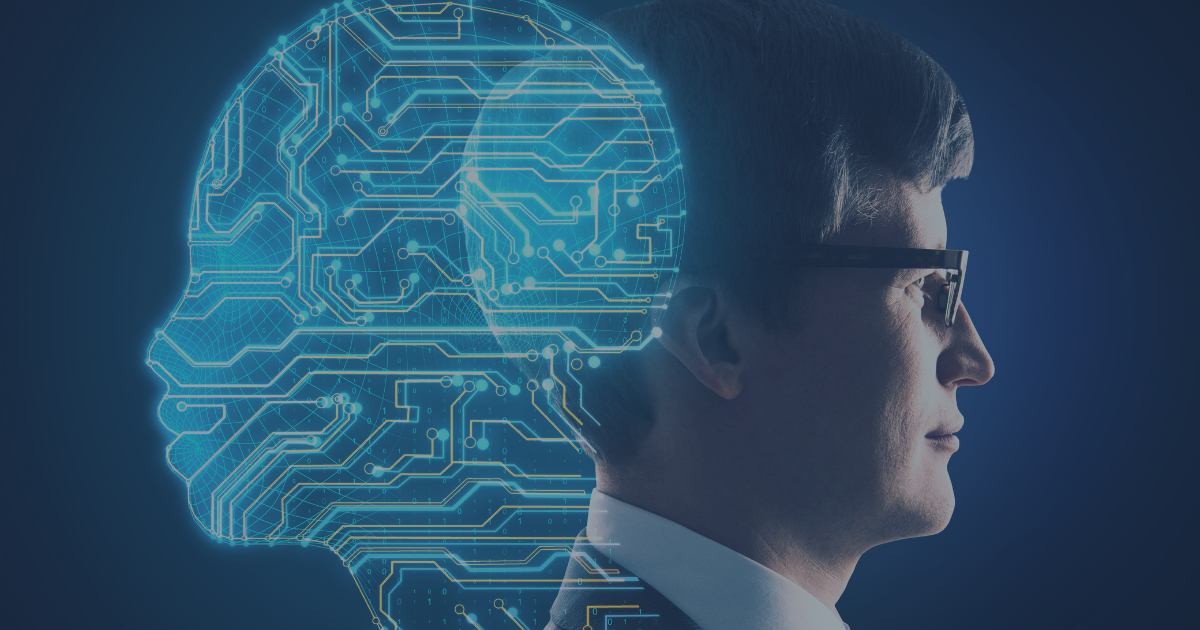In today’s fast-paced financial markets, technology plays a vital role in shaping trading strategies and decision-making processes. One such technology that has gained significant attention is artificial intelligence (AI). In this blog post, we will delve into the fascinating world of AI and its impact on financial trading.
AI in Financial Trading: Unleashing the Power of Algorithms
At the heart of AI’s influence on financial trading lies algorithmic trading. These AI-powered algorithms are designed to automate trading decisions based on predefined rules and parameters. By analysing vast amounts of historical data and market indicators, AI algorithms can swiftly identify trading opportunities and execute trades with remarkable precision and speed.
One area where AI has truly revolutionised trading is high-frequency trading (HFT). Leveraging powerful computing systems and AI algorithms, HFT enables traders to execute trades within microseconds. This lightning-fast approach capitalises on tiny market inefficiencies, aiming to generate profits through a large number of trades conducted in a short time span.
Predictive Analytics: Unveiling Market Trends and Price Movements
Another fascinating application of AI in financial trading is predictive analytics. By leveraging advanced machine learning techniques, AI systems can analyse historical market data, identify patterns, and forecast future price movements. These predictive models assist traders in making informed decisions, whether it’s identifying potential entry and exit points or adjusting risk management strategies.
Sentiment Analysis: Harnessing the Power of Market Sentiment
The advent of social media and the vast amount of news available online have opened up new opportunities for AI in financial trading. Sentiment analysis, a branch of AI, involves analysing social media feeds, news articles, and other textual data to gauge market sentiment. By understanding how market participants feel about certain stocks, currencies, or commodities, traders can gain valuable insights to make better-informed trading decisions.
Fraud Detection and Compliance
AI algorithms can help detect and prevent fraudulent trading activities. By analysing trading patterns, transaction data, and other relevant information, AI can identify suspicious activities and alert regulatory authorities. Additionally, AI can assist financial institutions in complying with regulatory requirements by automating compliance processes and monitoring transactions for potential violations.
Risk Management: Mitigating Financial Risks with AI
AI’s capabilities extend beyond trade execution and prediction. It also plays a vital role in risk management. AI algorithms can analyse various risk factors, assess portfolio exposures, and dynamically adjust positions to manage risk efficiently. By providing real-time risk analysis and monitoring, AI empowers traders to make proactive decisions to protect their investments and navigate volatile market conditions.
Advantages and Limitations of AI in Financial Trading
The advantages of AI in financial trading are substantial. AI systems enhance efficiency by automating tasks that were traditionally time-consuming and prone to human error. They process vast amounts of data, identify patterns, and make data-driven decisions. The speed and accuracy of AI algorithms enable traders to capitalise on opportunities quickly and minimise risks.
However, it is essential to acknowledge the limitations of AI in financial trading. AI systems heavily rely on historical data, and their effectiveness may be impacted if market conditions change significantly. Additionally, ensuring the quality and availability of data is crucial for the success of AI-driven trading strategies. Ethical considerations and regulatory frameworks surrounding AI in trading are also topics that require thoughtful evaluation.
The Future of AI in Financial Trading
Looking ahead, the future of AI in financial trading holds great promise. We anticipate continued advancements in AI algorithms and technologies, enabling more sophisticated and adaptive trading systems. Collaborative intelligence, combining the strengths of AI with human expertise, is likely to become a prevalent approach in trading, fostering a symbiotic relationship between humans and machines.
Conclusion
Artificial intelligence has transformed financial trading, empowering traders with advanced tools and capabilities. From algorithmic trading to predictive analytics and sentiment analysis, AI offers unprecedented opportunities for market participants. While harnessing the power of AI, it is crucial to recognize its limitations and navigate the ethical and regulatory considerations. As we move forward, the collaborative intelligence of humans and machines is set to shape the future of financial trading, ushering in a new era of efficiency and innovation.

